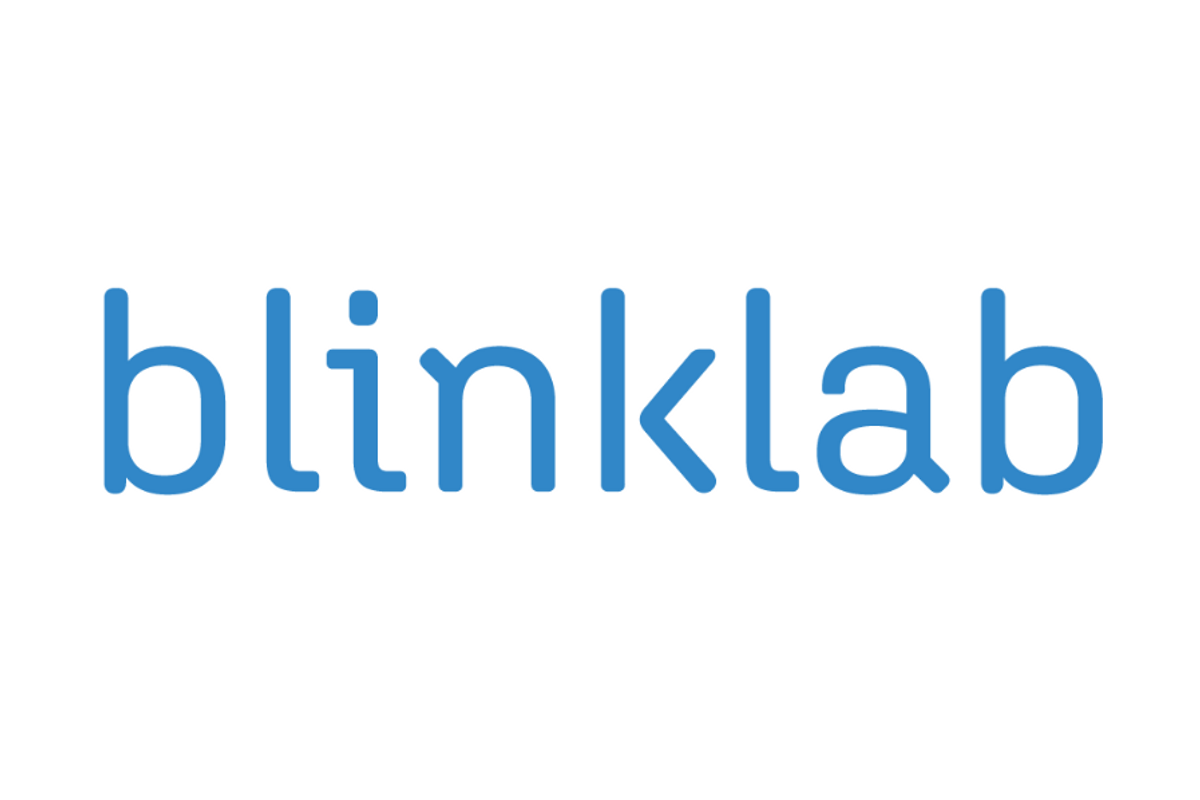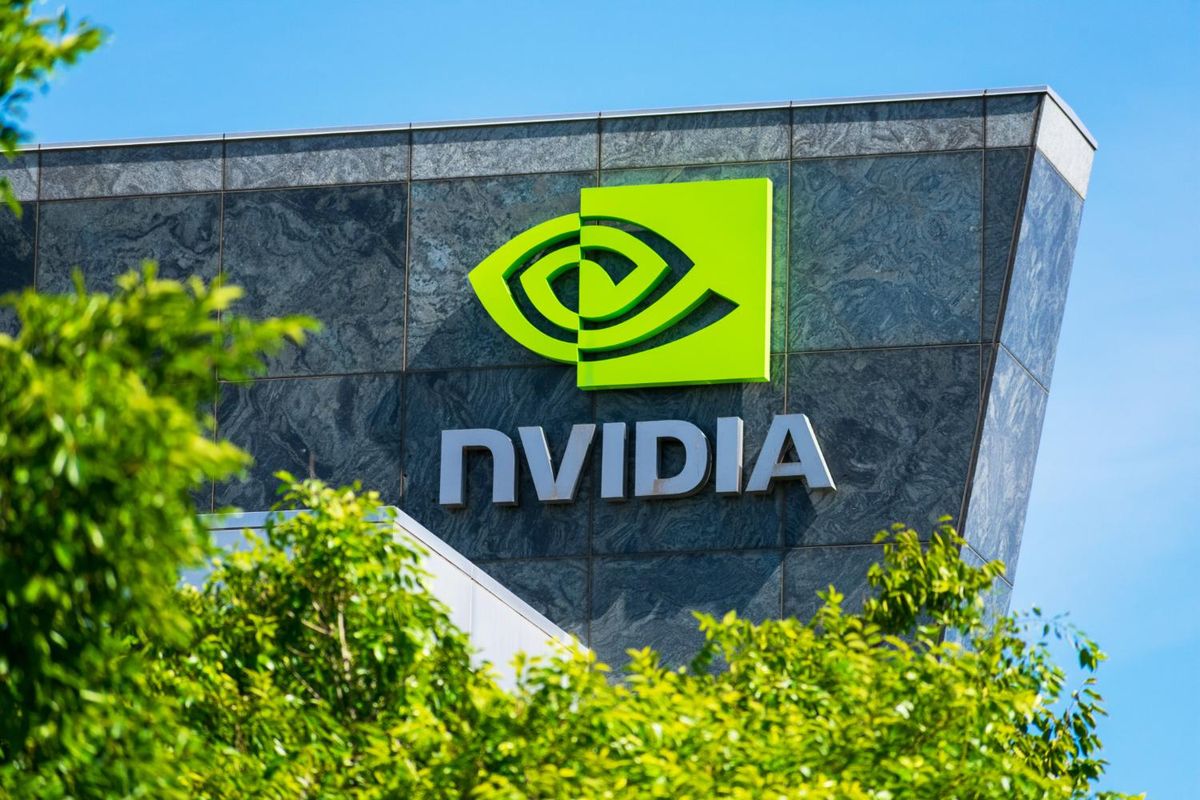
February 09, 2025
BlinkLab Limited (ASX:BB1) (“BlinkLab”, or the “Company”), an innovative digital healthcare company developing AI-powered smartphone technology to transform the autism and ADHD diagnostic markets, is pleased to announce that North Shore Pediatric Therapy (“NSPT”) is joining our US clinical study. NSPT is the second US-based site to on-board for the 100-patient initial phase of the registrational study. Enrolment from the NSPT-site is expected to commence in the coming weeks.
- US-based North Shore Pediatric Therapy (“NSPT”) is the second clinical site to join BlinkLab’s registrational study.
- Located in the Chicago area, NSPT is a recognized leader in early autism intervention services, specializing in Applied Behavior Analysis (ABA), neuropsychology, speech therapy, occupational therapy, and mental health support.
- The NSPT clinical trial site is set to begin patient recruitment and diagnostic testing in the coming weeks, supporting timely and efficient data collection for the study.
- Together, with PriMED Clinical Research, these two leading US-based autism centers provide access to a large pool of diverse subjects that will accelerate the recruitment process and ensure high-quality data collection.
NSPT was selected for this study due to its extensive expertise in administering the ADOS-2 diagnostic tool, which is widely recognized as the gold standard for autism diagnosis. Their experienced neuropsychology team specializes in conducting comprehensive, play-based assessments that evaluate social, emotional, and communication behaviors, ensuring precise and reliable autism diagnoses. As part of our US registrational study, NSPT’s use of the ADOS-2 will serve as a critical benchmark for standard-of-care comparisons, helping validate the effectiveness of our Blinklab Dx 1 test.
In addition to their clinical expertise, NSPT provides access to a diverse population of children throughout the Chicago area, which is an essential factor in ensuring the study reflects a broad range of backgrounds and developmental profiles. Their ability to recruit children as young as 18 months old is particularly valuable for the BlinkLab study, as our mission is to enable early diagnosis and improve long-term outcomes for children with autism. With a strong track record in early intervention and autism diagnostics, NSPT’s participation enhances the study’s robustness, credibility, and real-world applicability, ultimately contributing to the advancement of Blinklab’s more accurate and accessible autism screening tool.
Click here for the full ASX Release
This article includes content from Blinklab Limited, licensed for the purpose of publishing on Investing News Australia. This article does not constitute financial product advice. It is your responsibility to perform proper due diligence before acting upon any information provided here. Please refer to our full disclaimer here.
BB1:AU
The Conversation (0)
25 September 2024
BlinkLab Limited
Revolutionising Mental Health Care Through Mobile Solutions
Revolutionising Mental Health Care Through Mobile Solutions Keep Reading...
01 May
Successful Placement of A$7.66M to Underpin Growth Strategy
BlinkLab Limited (BB1:AU) has announced Successful Placement of A$7.66M to Underpin Growth StrategyDownload the PDF here. Keep Reading...
29 April
Trading Halt
BlinkLab Limited (BB1:AU) has announced Trading HaltDownload the PDF here. Keep Reading...
27 April
Quarterly Activities/Appendix 4C Cash Flow Report
BlinkLab Limited (BB1:AU) has announced Quarterly Activities/Appendix 4C Cash Flow ReportDownload the PDF here. Keep Reading...
31 March
BlinkLab Surpasses Key Milestone in Pivotal U.S. Trial
BlinkLab Limited (BB1:AU) has announced BlinkLab Surpasses Key Milestone in Pivotal U.S. TrialDownload the PDF here. Keep Reading...
30 March
Trading Halt
BlinkLab Limited (BB1:AU) has announced Trading HaltDownload the PDF here. Keep Reading...
23h
Nextech3D.ai Appoints Global Head of Sales
Appointment Strengthens Sales Execution as Company Focuses on Scaling Revenue and Efficiency TORONTO, ON / ACCESS Newswire / December 16, 2025 / Nextech3D.ai (CSE:NTAR,OTC:NEXCF)(OTCQX:NEXCF)(FSE:1SS), an AI-first technology company providing event technology, 3D modeling, and spatial computing... Keep Reading...
09 December
Nextech3D.ai to Acquire Krafty Labs, Expanding AI Event Solutions for Enterprise Clients
Krafty Labs Generated 2025 Year to date Revenue of $1.1 mill with a 72% gross marginAll-Cash Deal for $600,000Acquiring a Blue Chip customers list; Google, Meta, Oracle etcNextech3D.ai Doubles Customer Base to 1000+Nextech3D.ai is Accelerating its Growth As a One-Stop AI Event Tech Suite NEW... Keep Reading...
02 December
Nextech3D.ai Announces Definitive Agreement to Acquire 100% of ARway, Streamlining Operations
Nextech already owns 15million shares or about 40% of the 38 million shares outstanding in Arway Corporation ("Arway") OTCQB: ARWYF / CSE: ARWY TORONTO, ON / ACCESS Newswire / December 2, 2025 / Nextech3D.ai (CSE:NTAR,OTC:NEXCF)(OTCQX:NEXCF)(FSE:1SS), Nextech an AI-first 3D modeling and event... Keep Reading...
28 November
Tech Weekly: Tech Stocks Recover; Meta, Alphabet Reportedly in Partnership Talks
Welcome to the Investing News Network's weekly brief on tech news and tech stocks driving the markets. We also break down next week's catalysts to watch to help you prepare for the week ahead.Don't forget to follow us @INN_Technology for real-time news updates!Securities Disclosure: I, Meagen... Keep Reading...
21 November
Tech Weekly: NVIDIA Earnings Impress, Bezos Launches AI Startup
Welcome to the Investing News Network's weekly brief on tech news and tech stocks driving the markets. We also break down next week's catalysts to watch to help you prepare for the week ahead.Don't forget to follow us @INN_Technology for real-time news updates!Securities Disclosure: I, Meagen... Keep Reading...
21 November
Intention to Explore Dual Listings
Amazing AI plc (AQSE: AAI) - 20 November 2025: AAI is a global fintech group with a Digital Asset Treasury Policy that provides online consumer loans and AI finance-related services. AAI announces that the Company is exploring its options to dual list on the Mauritius Stock Exchange and OTCQB... Keep Reading...
Latest News
Latest Press Releases
Related News
TOP STOCKS
American Battery4.030.24
Aion Therapeutic0.10-0.01
Cybin Corp2.140.00





